From Punakha, we embarked on one of Bhutan's most dramatic journeys: the long mountain road to Bumthang. This wasn't merely a drive but an expedition through Bhutan's vertical geography, climbing to over 3,400 meters—twice. The road twisted endlessly upward through changing landscapes, each switchback revealing new vistas, until we crossed the first high pass, then descended only to climb again. The air grew thin, the vegetation sparse, and the world felt impossibly vast.
The descent through dense temperate forests was an experience unto itself—towering rhododendrons and ancient trees pressing close to the narrow road, the forest floor carpeted in ferns and moss. It was beautiful, exhausting, and just a touch nerve-wracking as our vehicle navigated the serpentine route.
Midway through this marathon journey, we stopped at Chendebji Chorten, a striking white stupa built in the 18th century in the Nepalese style. Commissioned by Lama Shida to subdue evil spirits at this location, the chorten features distinctive painted eyes on all four sides—a style more commonly seen in Nepal than Bhutan. The structure rises in graceful tiers, its whitewashed walls brilliant against the mountain backdrop.
But it was the young monks who truly captured our attention and our cameras. Boys between five and twelve years old, their maroon robes bright splashes of color, were engaged in the timeless ritual of childhood: play. They chased each other around the chorten, their laughter echoing off the ancient walls, momentarily freed from their studies. Their faces—some serious and contemplative, others lit with mischievous grins—offered a glimpse into the human side of monastic life, where children are still children, even as they walk a spiritual path. These portraits became some of the day's most memorable captures.

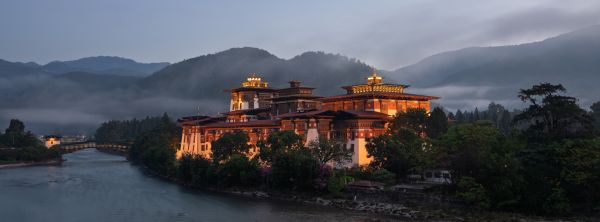
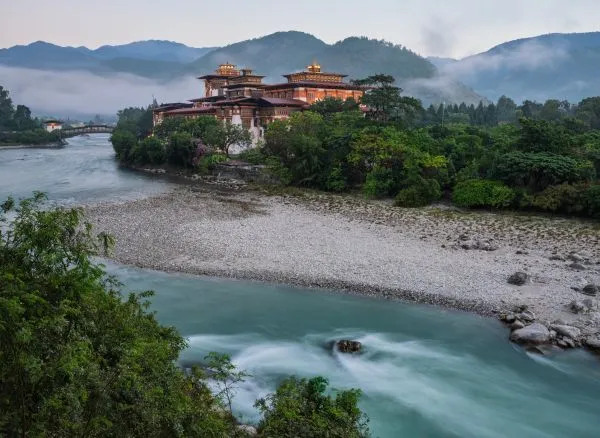
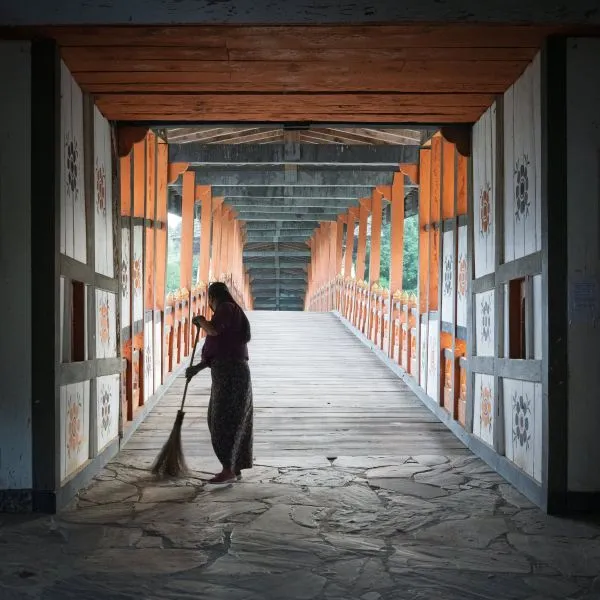
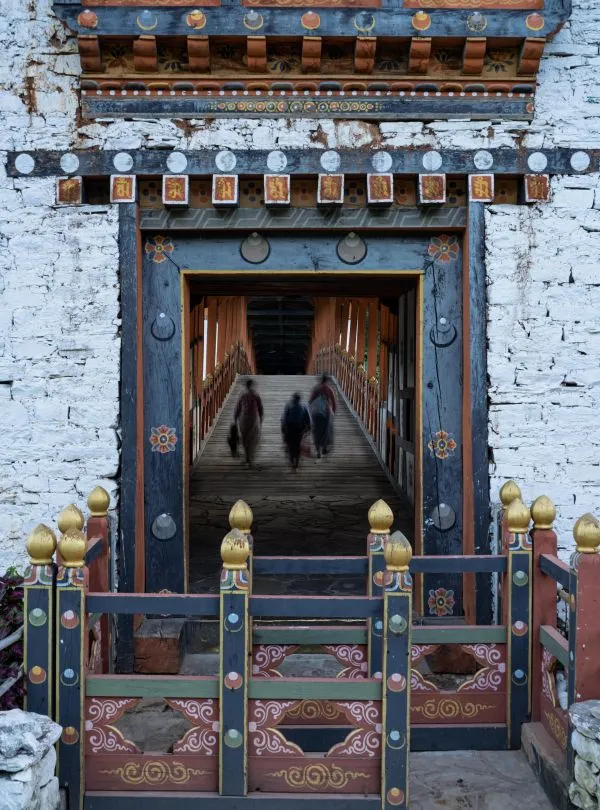
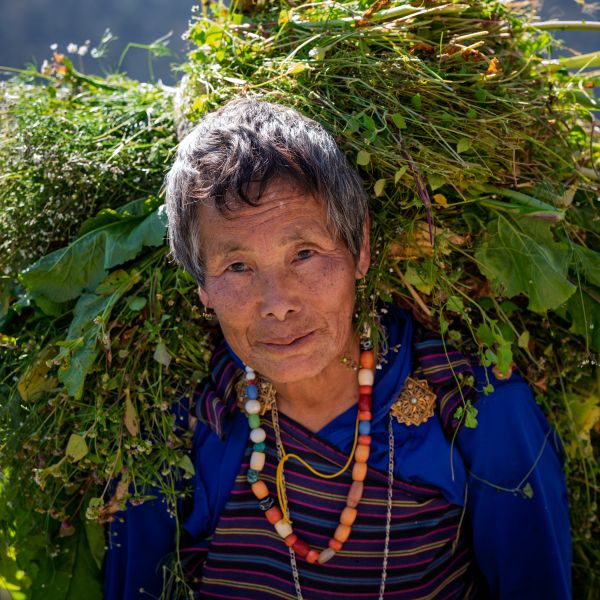
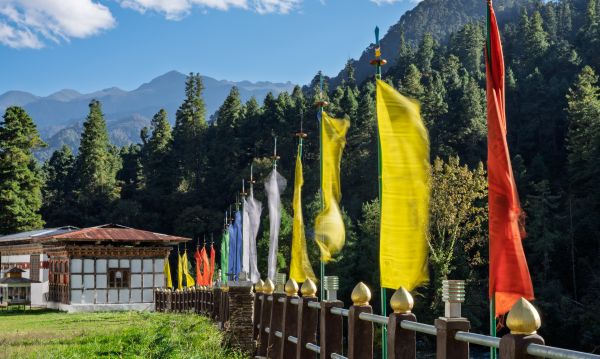
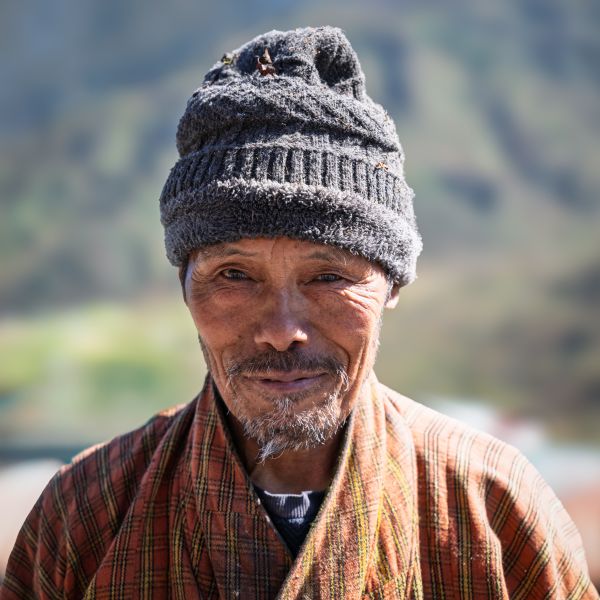
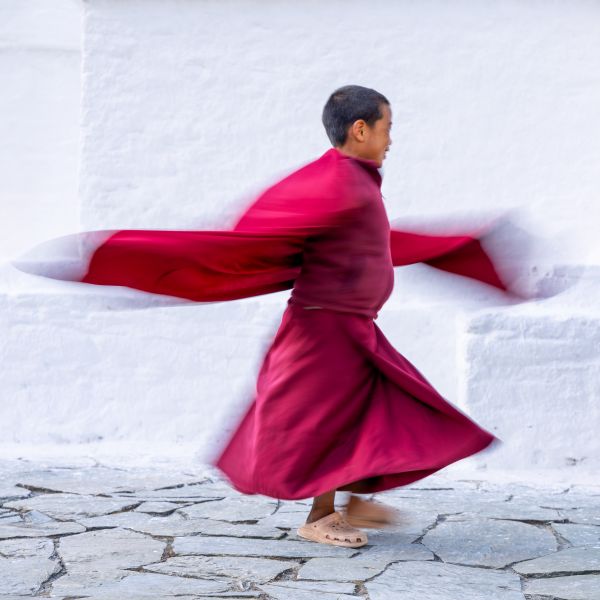
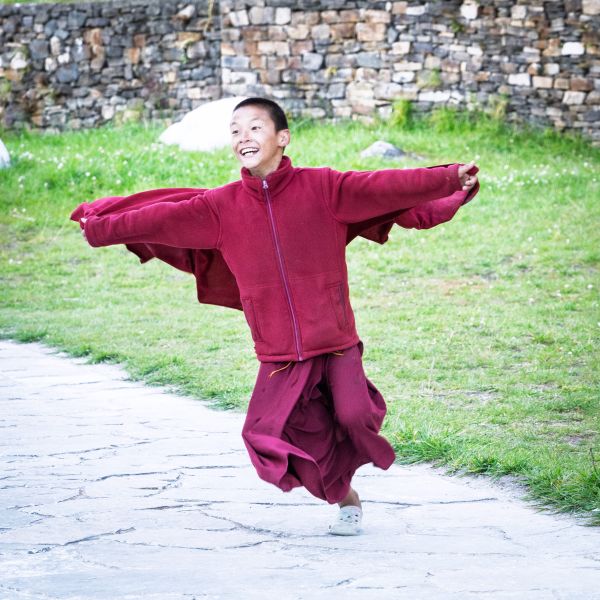
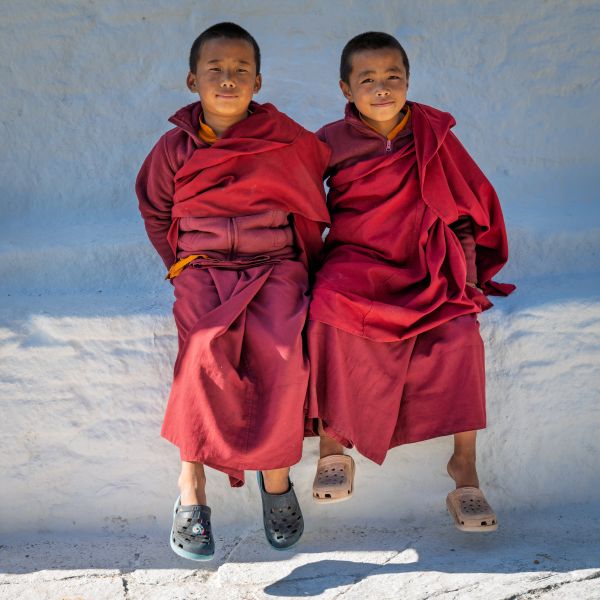
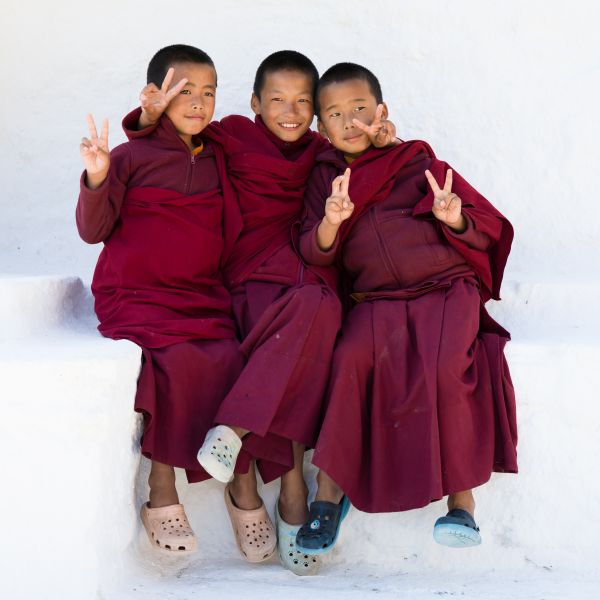
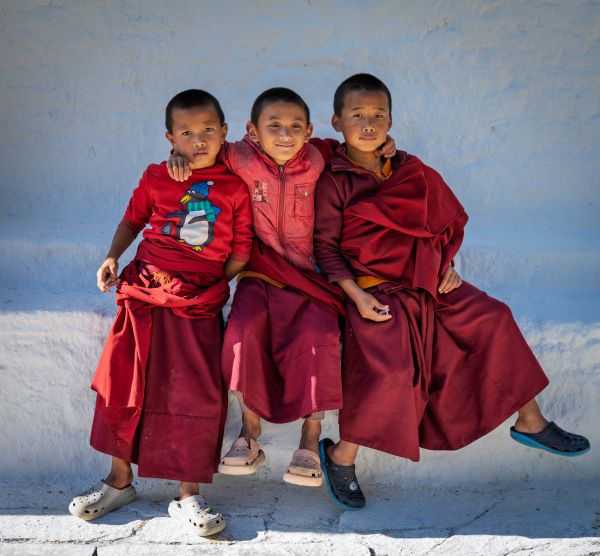
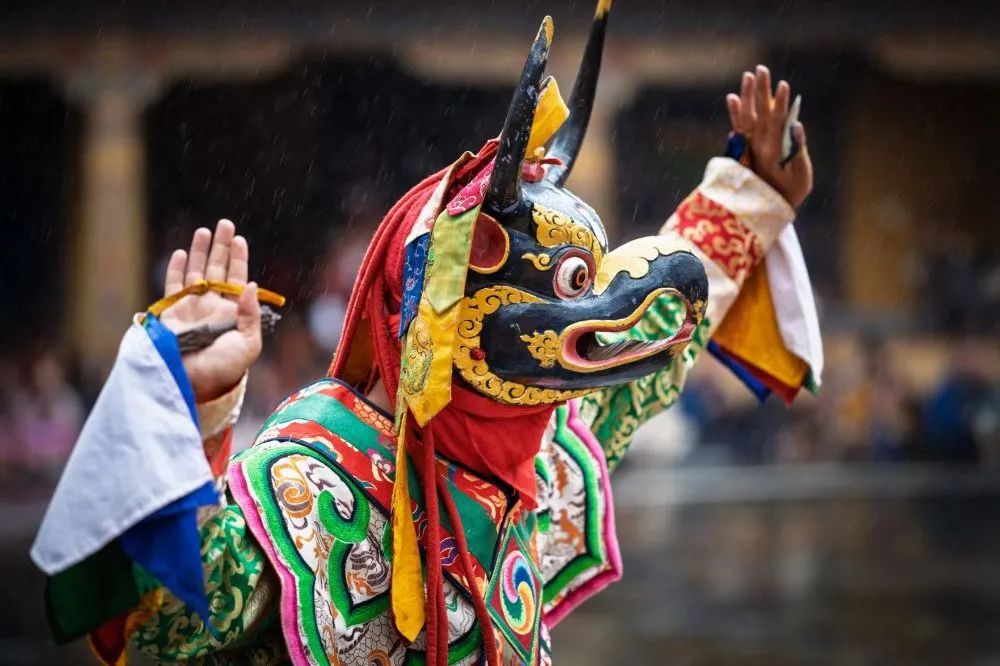
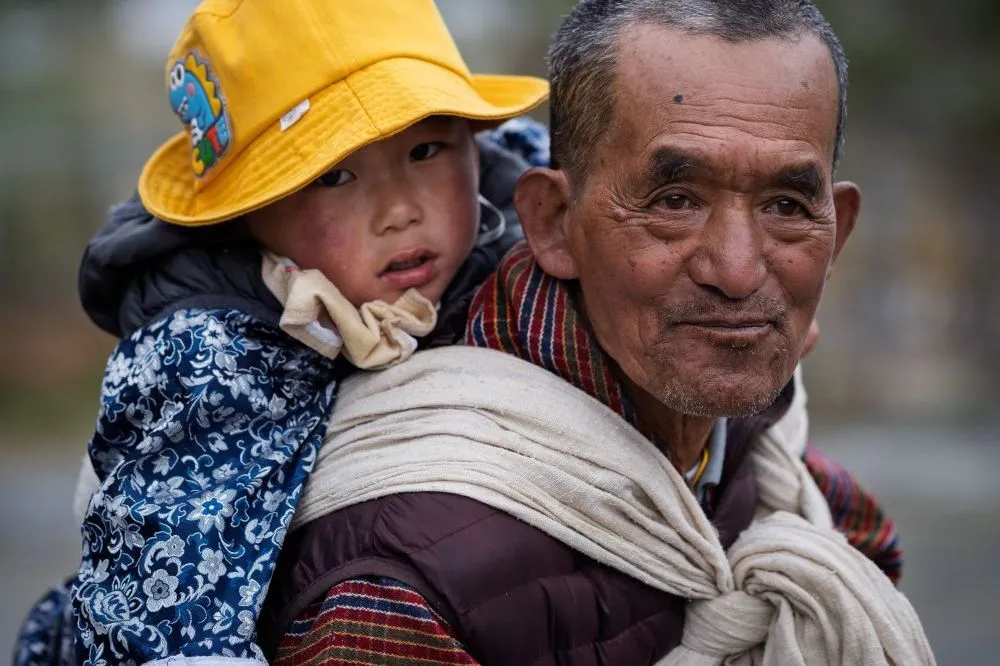
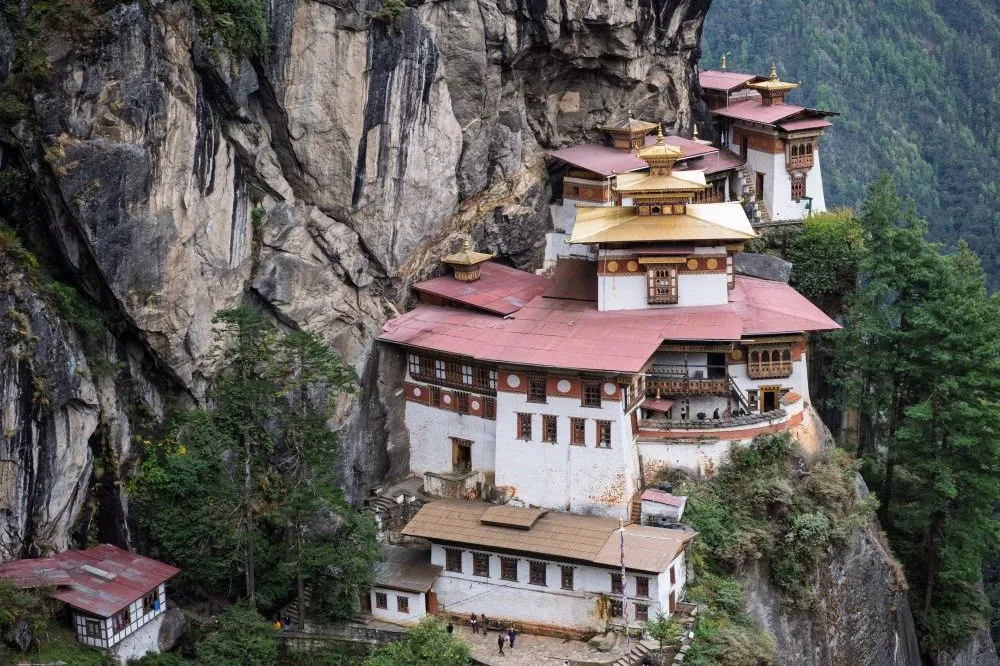
Leave A Comment
Please submit your comment below. No registration required.